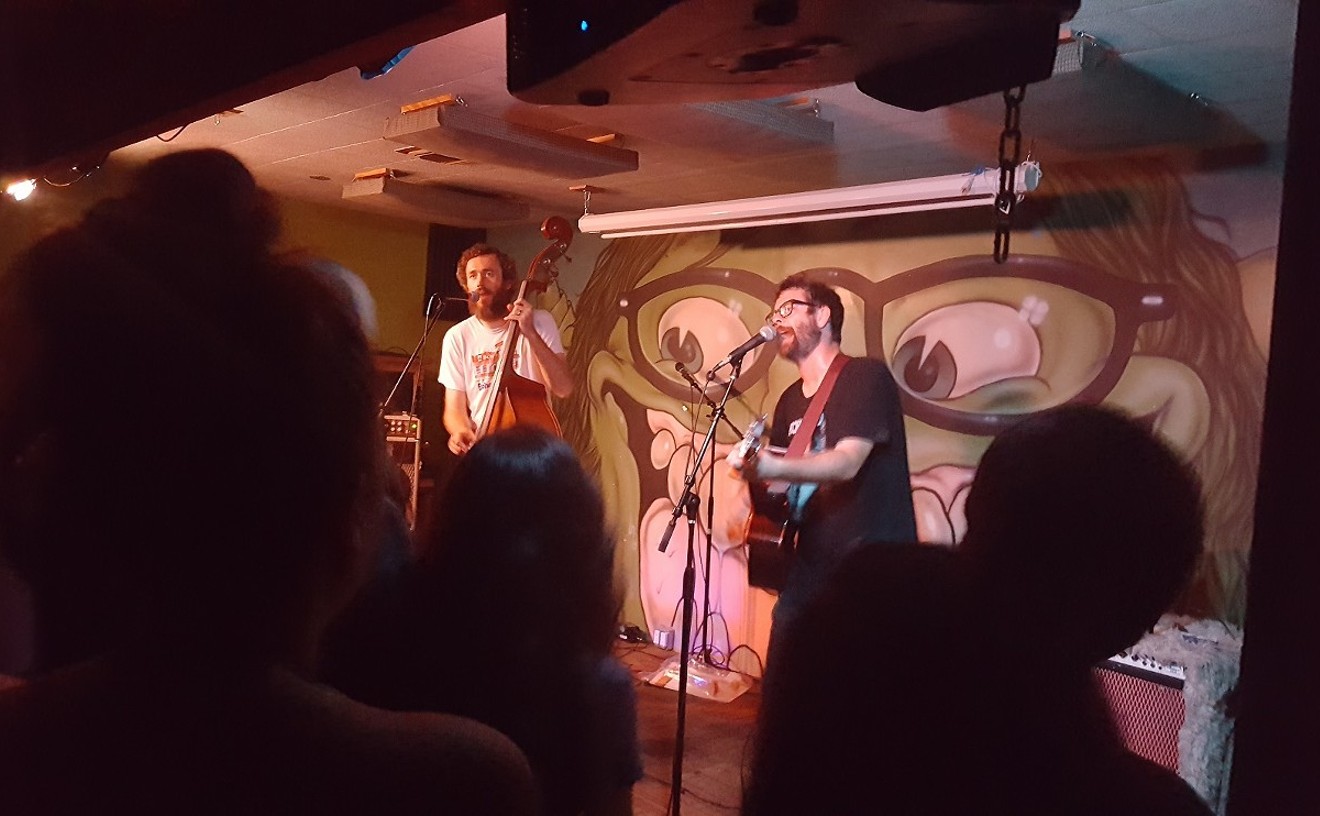Thanks to effluent (the outflow from water treatment plants), full-season skiing on manmade snow is a thing at Snowbowl, a ski resort in Arizona's San Francisco Peaks.
Use of the words "frozen waste water" can conjure unsavory images of skiing on dirty, contaminated snow. But Brady Smith, public affairs officer at the Coconino National Forest, insists that the U.S. Environmental Protection Agency has deemed the water safe.
"Testing of the snow at Arizona Snowbowl is conducted and regulated by the Arizona Department of Environmental Quality," Smith says. "ADEQ only allows reclaimed water with an 'A' rating to be used for snowmaking purposes in Arizona." It's the same stuff, Smith explains, that's used to irrigate city parks, school playgrounds, and golf courses here. The U.S. Forest Service ranks effluent just below drinking water in an estimation of its safety.
"Arizona Snowbowl's use of Class A-plus reclaimed water exceeds standards," says Smith. ADEQ has made several visits to the resort for testing purposes, he promises, and to date hasn't reported anything scary.
The trek toward manmade snow, created by combining cooled water and compressed air and shooting it onto mountainsides, was a long and arduous one. Opposition to the use of effluent at Snowbowl dragged on for a decade. Navajos chained themselves to excavators, stood before oncoming bulldozers. They worried about the impact of the wastewater on the fragile alpine tundra, and about what would happen if skiers fell into snow made from treated sewer-water and ingested it. Environmental groups and a dozen different other American Indian tribes joined the opposition, claiming that the Peaks mountain is sacred and that the wastewater snow is a desecration.
It remains to be seen whether the land, which is owned by the U.S. Forest Service, will be negatively affected by the freezing and thawing of the water's chemical compounds. "We don't know what effect freezing and thawing is going to have on the chemical compounds," Catherine R. Propper, a scientist and professor at Northern Arizona University, told the New York Times in 2012. "We don't know what UV is doing to them. It is a very complicated system that we know very little about."
But the Snowbowl folks prevailed. In February 2005, a federal appeals court ruled in favor of the ski resort's improvement plans, after which the resort added 74 acres to its ski slopes by clear-cutting a great swath of forest and piping treated wastewater onto the Peaks, thus becoming the first ski resort in the world to turn 100 percent sewage effluent into snow.
Snow-making, which Snowbowl launched in 2012, became necessary because of climate change. Desert winters are shorter and summers longer than they were a decade ago. The conservation of drinking water was also on the table. "A ski resort, to remain competitive, has to hit certain dates," Jim Bedwell, director of the Forest Service's Recreation and Heritage Resources, told the Times. "They have to guarantee they'll be open by Thanksgiving, Christmas at the latest." Fake snow means a longer ski season and more income for nearby Flagstaff, which sells Snowbowl the water — 1.5 million gallons of it per day — from its sewage treatment plant. The forest service has concluded that use of that water will have a negligible effect on Flagstaff's groundwater supply.
At the time of that water-sale contract with Flagstaff, the city's Chamber of Commerce issued a statement that the presence of fake snow could "generate as much as $35 million for the local economy during the winter."
Money talks, as the saying goes. But does it ski?










